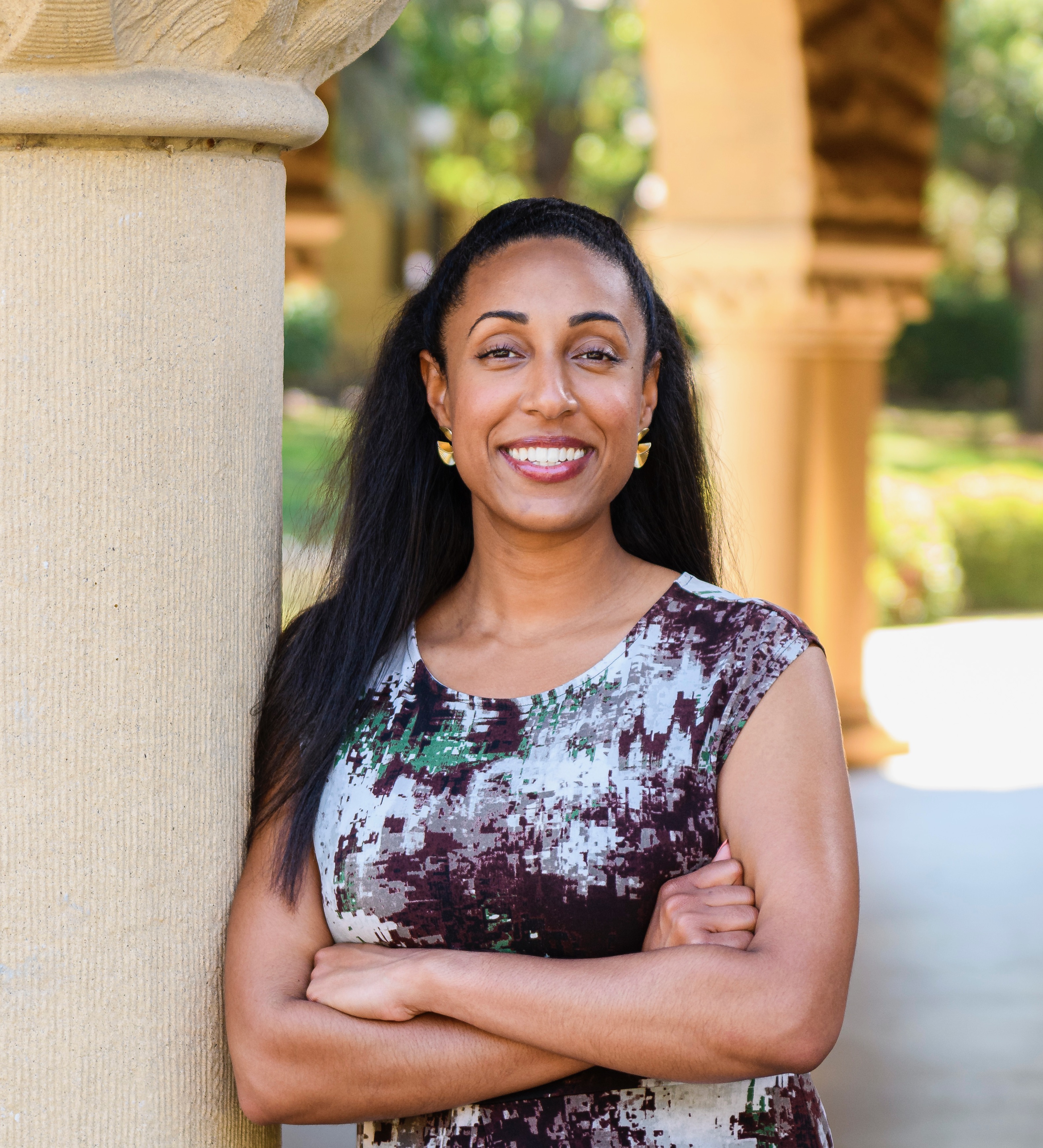Farzana Saleem
What kind of experiences typically characterize racial stressors?
People often think about interpersonal encounters, like being called a racial slur, but stressors can be direct or vicarious. You might overhear someone else being called a racial slur. You might see yourself in a group of folks that are repeatedly being targeted because of racial biases or stereotypes. You might be witnessing the killing of people who look like or share an identity with you. A racial stressor can be a single incident, or it could be the accumulation of multiple incidents over time. It can also be systemic, such as witnessing a lack of justice at the systemic level. All of these experiences can trigger stress and symptoms similar to what we might see in post-traumatic stress disorder.
What are some of the signs that a young person is experiencing racial trauma?
There are several different clusters of symptoms that people tend to identify. One common one is avoidance – avoiding an area where you saw or experienced that trauma, or if it was something that you witnessed online, avoiding social media. Another would be intrusive thoughts, remembering and replaying what happened over and over again in your mind. Hypervigiliance is another. Or there could be a numbness, a desensitization to these experiences that is actually a response we see to ongoing exposure to traumatic and stressful events.
In young people especially, trauma symptoms can be mislabeled or misunderstood. They can look like behavioral or attention problems, if kids are triggered and have an outburst in the classroom. While it can manifest in the classroom and be disruptive, it’s sometimes hard for schools to unpack, especially with a shortage of mental health professionals in schools.
How prevalent are these types of stressors among young people?
There’s a study I often cite, involving African American teenagers, that assessed their experiences with race-related stressors over a ten-day period. That could be hearing racist jokes or comments, being mistaken for someone else of their race, being treated like a criminal, and so on.
The teenagers reported, on average, five experiences with racial discrimination per day – directly or vicariously, in person or online. Evidence like that really highlights the importance of talking about this with young people and equipping them with skills to resist this type of stressor.
Your work has explored the role of ethnic-racial socialization, or messages about race and ethnicity and racism, in helping young people of color process and manage these stressors. What sort of messages are common and can be helpful?
Parents and families are often the first to initiate these conversations, which typically fit into several different categories. For parents of color, one category involves messages around pride: learning about your history and building a sense of pride in your race. That’s generally known to be a protective factor, to mitigate the negative consequences of racial discrimination on youth.
Another category involves preparation for bias. Those messages tend to come with strategies that youth can use to respond to race-related stressors when they happen. For example: When a police officer pulls you over, make sure your hands are visible on the wheel. Or if you feel that you’re being treated unfairly by a teacher, document it and bring it home to me so we can discuss it and decide how to respond. These are also shown to be helpful in helping kids develop skills on responding to racial stressors.
Color-evasive messages are another category, or what some call color-blind messages, telling kids that race doesn’t matter. Parents may also avoid racial topics altogether. These messages tend not to be associated with positive adjustment outcomes for youth. We’ve found that it’s most helpful for youth of color to acknowledge differences and build skills around how to respond when racial stressors happen.
Of course we need systemic-level changes as well, to change discriminatory practices and policies. But as a clinical-community psychologist, I know that we also need to think about how to help individuals in the moment if they’re experiencing something stressful or traumatic. Because the reality is that for youth of color, particularly Black youth, these kinds of stressful and traumatic experiences are going to happen.
You’ve just launched a program in Bay Area schools to support young people in healing from racial stress and trauma. What does the program involve?
It’s a group intervention for middle and high school students, called TRANSFORM, which I co-developed with psychologists Won-Fong Lau Johnson, Isaiah Pickens, and Audra Langley. There was a clear need for holistic and culturally responsive interventions to address and heal racial stress and trauma. Youth and adults who participated in a spring 2022 pilot study of TRANSFORM in Washington State echoed the same pressing need.
We created TRANSFORM as an entire curriculum to address trauma and race-related stress for youth using evidence-based strategies from a decolonized framework. The program is designed to help youth build resistance to racism, strategies on how to respond and manage stress, and a healthy sense of self.
Notably, the program can be implemented by non-clinicians as well as licensed mental health professionals. Since the availability of clinicians is often limited in school settings, we’re able to train people who are embedded in the school system to facilitate the groups. In the process, these staff are learning to understand issues around racial stress and trauma, so they can also be more prepared to intervene in that setting when something happens – and to modify their own behavior to reduce harm. Our hope is to roll the program out nationally, to provide more accessible support in child-serving settings.
The Bay Area TRANSFORM pilot study is supported by a grant from the Stanford-Sequoia K-12 Research Collaborative.

